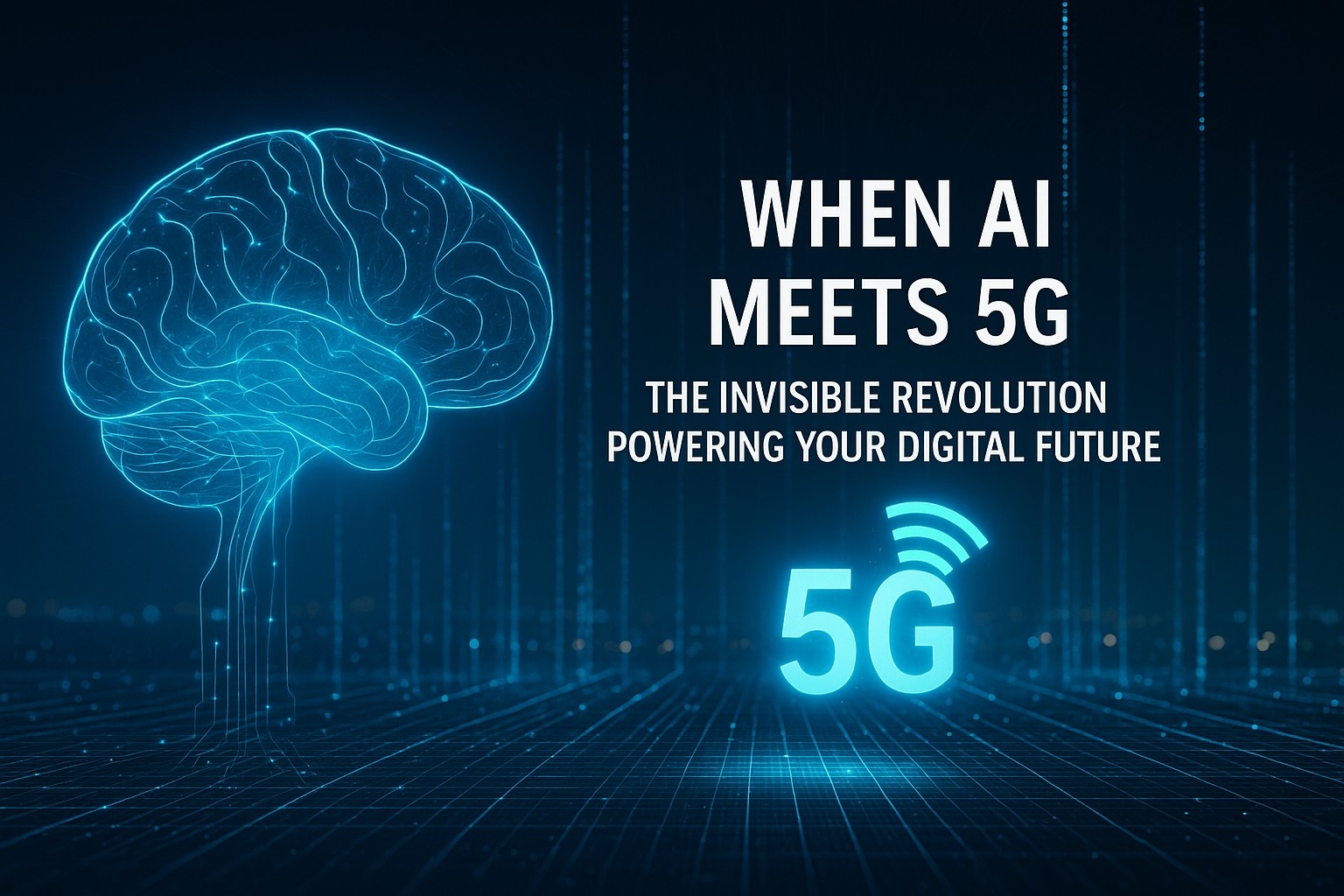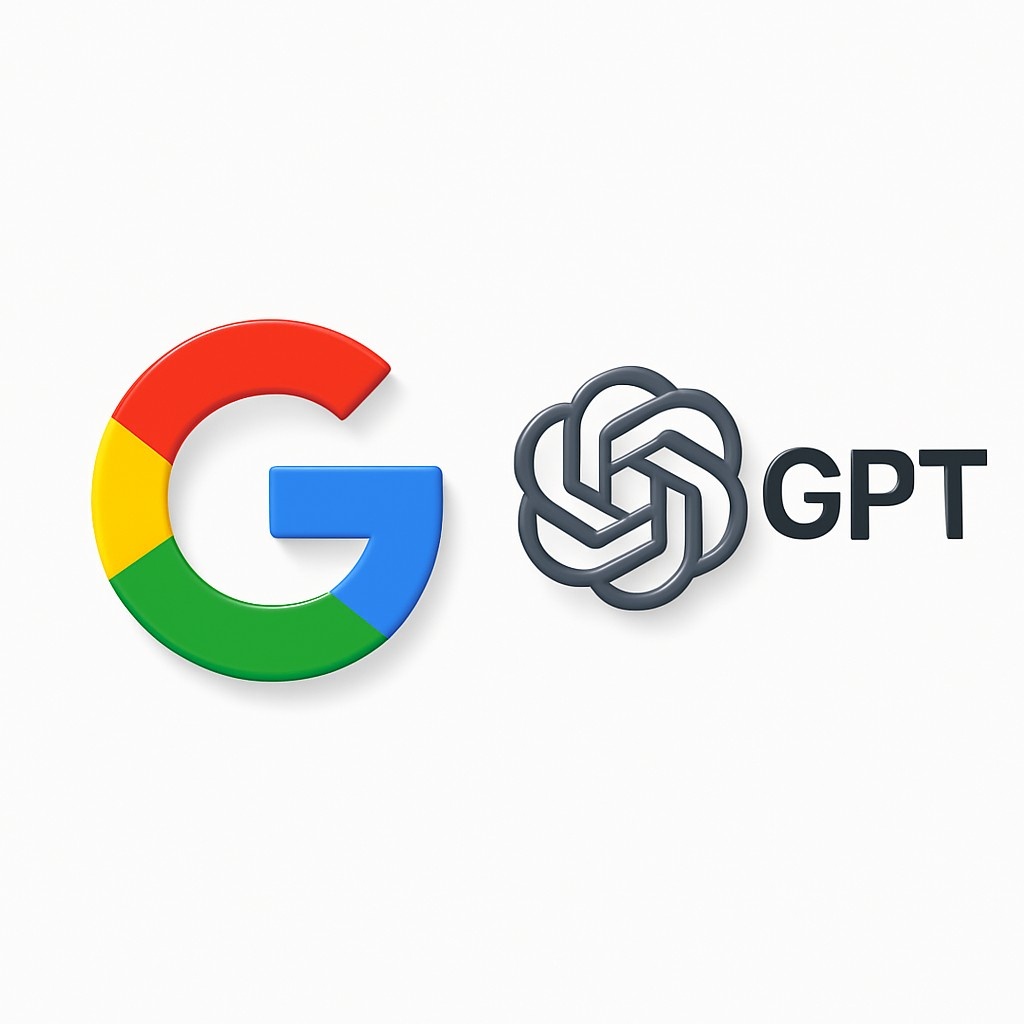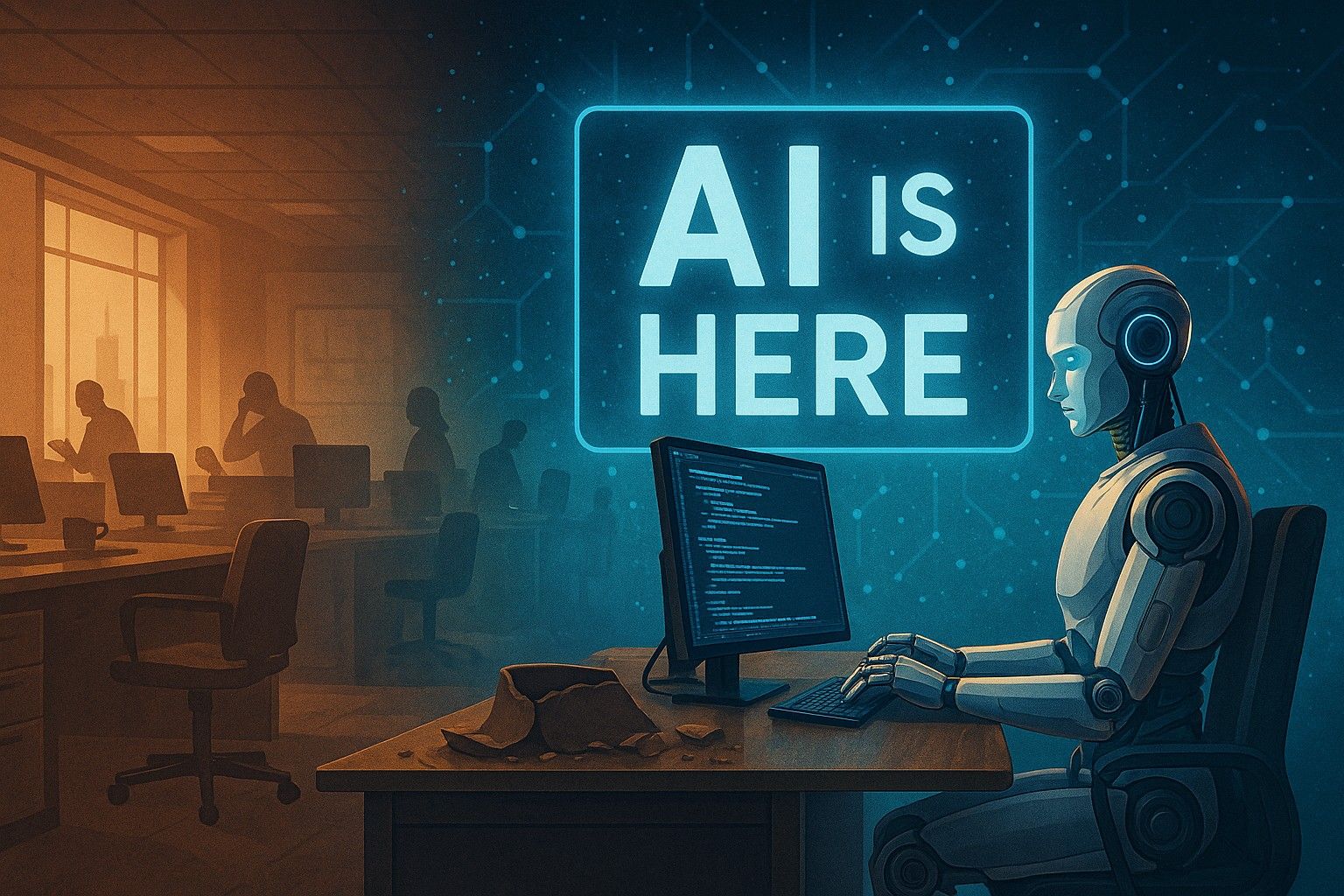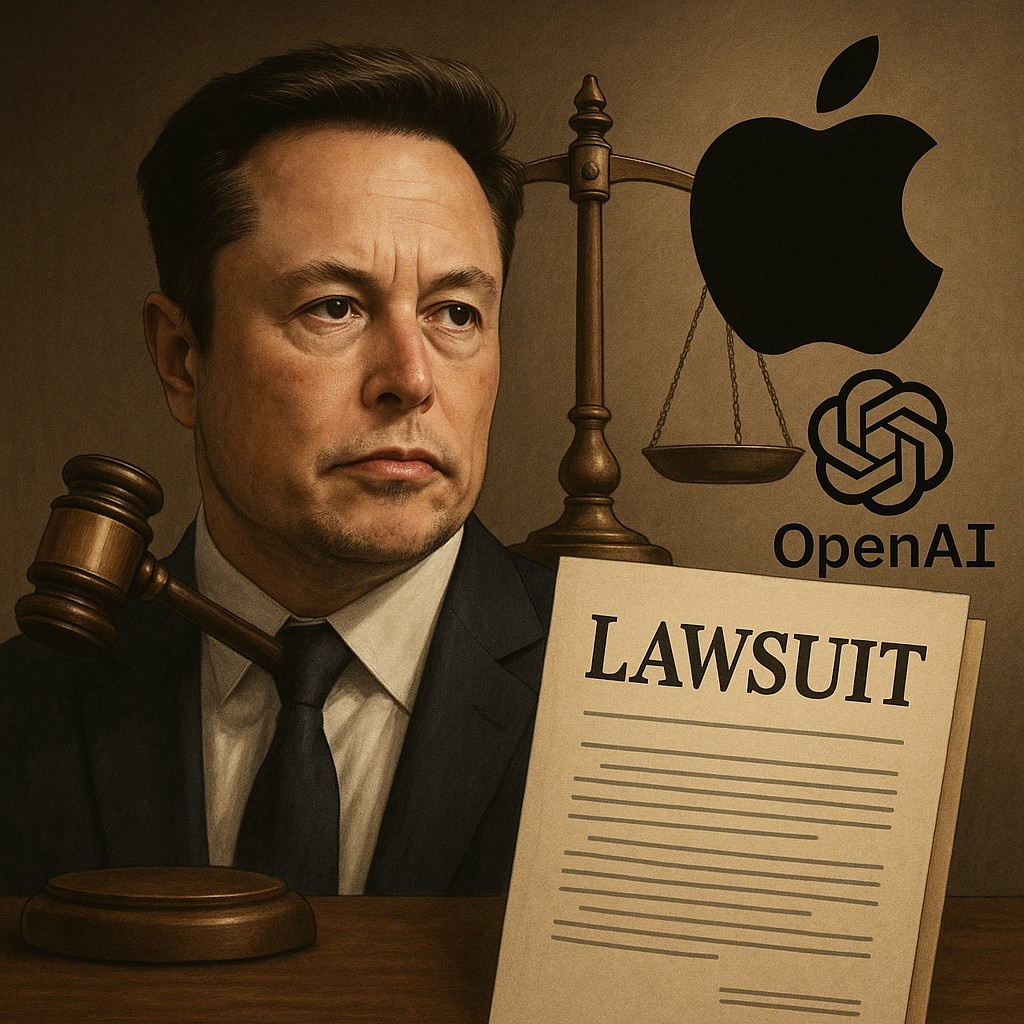The AI–5G Convergence: Shaping the Future of Telecom
-
The Synergy of AI and 5G
AI and 5G are complementary forces in the telecom sector. While 5G offers high-speed, low-latency connectivity, AI provides the intelligence to manage and optimize these networks efficiently. Together, they enable real-time data processing, predictive maintenance, and enhanced user experiences.
For instance, AI algorithms can analyze network traffic patterns to predict congestion and reroute data accordingly, ensuring seamless connectivity. This proactive approach minimizes downtime and enhances service reliability.
-
Transforming Network Operations
The integration of AI into 5G networks revolutionizes traditional network management. AI-driven automation allows for self-optimizing networks that can adapt to changing conditions without human intervention. This includes dynamic resource allocation, fault detection, and energy efficiency optimization.
Moreover, AI enhances security by identifying and mitigating potential threats in real-time, safeguarding the network infrastructure and user data.
-
Enhancing Customer Experience
AI and 5G together pave the way for personalized and immersive customer experiences. With AI's ability to analyze user behavior and preferences, telecom providers can offer tailored services and content. 5G's low latency ensures that these services are delivered swiftly and reliably.
Applications such as augmented reality (AR) and virtual reality (VR) become more viable, offering new avenues for entertainment, education, and remote collaboration.
-
Driving Industry Innovation
The AI–5G convergence is a catalyst for innovation across various industries. In healthcare, it enables remote surgeries and real-time patient monitoring. In manufacturing, it supports smart factories with predictive maintenance and automated processes. In transportation, it facilitates autonomous vehicles and intelligent traffic management systems.
These advancements not only improve efficiency but also open new business models and revenue streams for telecom operators and their partners.
-
Challenges and Considerations
Despite the promising prospects, the AI–5G convergence presents challenges. These include the need for substantial infrastructure investments, data privacy concerns, and the requirement for skilled personnel to manage and maintain these advanced systems.
Regulatory frameworks must evolve to address these issues, ensuring that the benefits of AI and 5G are realized responsibly and equitably.
-
The Road Ahead
As AI and 5G technologies continue to mature, their convergence will play a pivotal role in shaping the future of telecommunications. Stakeholders must collaborate to overcome challenges and harness the full potential of these technologies.
Investments in research and development, workforce training, and infrastructure are essential to build resilient, intelligent, and inclusive networks that meet the demands of the digital age.















